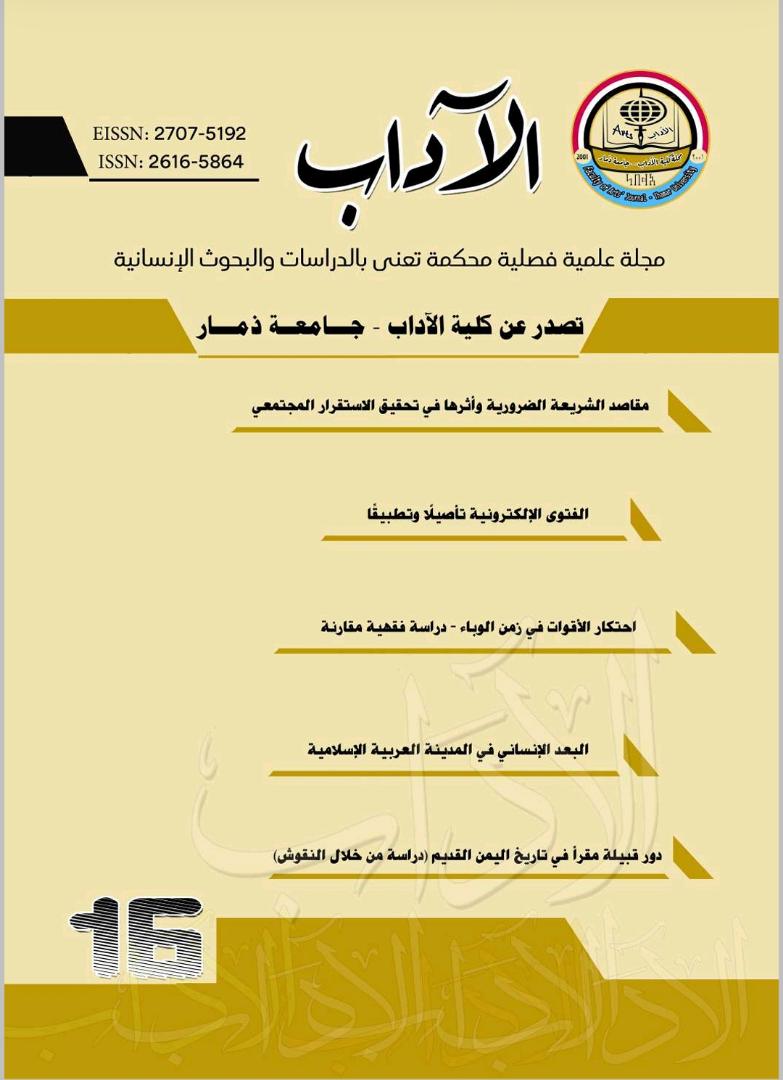Electronic Fatwa: Foundations and Applications
DOI:
https://doi.org/10.35696/.v1i16.669Keywords:
Electronic Fatwa, Fatwa, Rooting, Application, ElectronicAbstract
The present study, entitled "Electronic Fatwa: Origin and Applications" addresses the concept of electronic fatwa, its elements and basics, and its relationship to the judiciary. It aims at investigating the Origin of fatwa to regulate public electronic fatwas by adhering to the general fatwa issued by the mufti of each country and Muslim minorities’ commitment to their general fatwa (i.e., minority’s jurisprudence), while fatwas issued by the fiqh academies are being commonly applied. It further seeks to regulate general fatwas while taking into considerations fatwa seeker’s customs and conditions while maintaining a balance between Taysir (facilitation) and Ihtiyat (precaution) and warning against dissenting from generalized rulings in major issues. The study also tackles the challenges of electronic fatwa, the means of its application by highlighting the necessity of the proper treatment of madhab-based differences and taking into account the diversity of peoples’ customs and traditions. This treatment, in turn, affects the perception of the reality of facts regardless the variety of dialects from one country to the other. The study calls for offering means to enhance electronic fatwas by qualifying a generation of muftis to be able to provide fatwas, creating a professional structure to manage their electronic issuance, and facilitating the electronic transformation of jurisprudence academies and Islamic advisory bodies.Downloads
Downloads
Published
How to Cite
Issue
Section
License
Copyright (c) 2021 عبدالحميد بن صالح بن عبدالكريم الكرَّاني الغامدي (مؤلف)

This work is licensed under a Creative Commons Attribution 4.0 International License.
Copyright and Licensing
For all articles published in journal, copyright is retained by the authors. Articles are licensed under an open access Creative Commons CC BY 4.0 license, meaning that anyone may download and read the paper for free. In addition, the article may be reused and quoted provided that the original published version is cited. These conditions allow for maximum use and exposure of the work.



